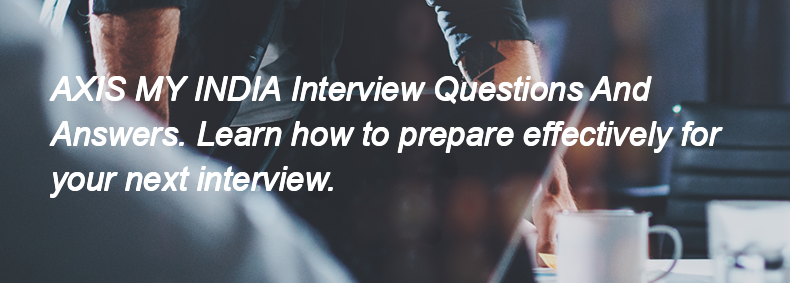Ques:- What is market research and why is it important
Asked In :-
Aranca (Mumbai), RANDSTAD INDIA PVT, Varite India, Booker Wholesale, Peoplefy Infosolutions, CBRE South Asia, CBRE Group, Quess Corp, Shure, Sixt,
Right Answer:
Market research is the process of gathering, analyzing, and interpreting information about a market, including information about the target audience, competitors, and industry trends. It is important because it helps businesses understand customer needs, identify market opportunities, make informed decisions, and reduce risks associated with launching new products or services.
Market research is the process of gathering, analyzing, and interpreting information about a market, including information about the target audience, competitors, and industry trends. It is important because it helps businesses understand customer needs, identify market opportunities, make informed decisions, and reduce risks associated with launching new products or services.

